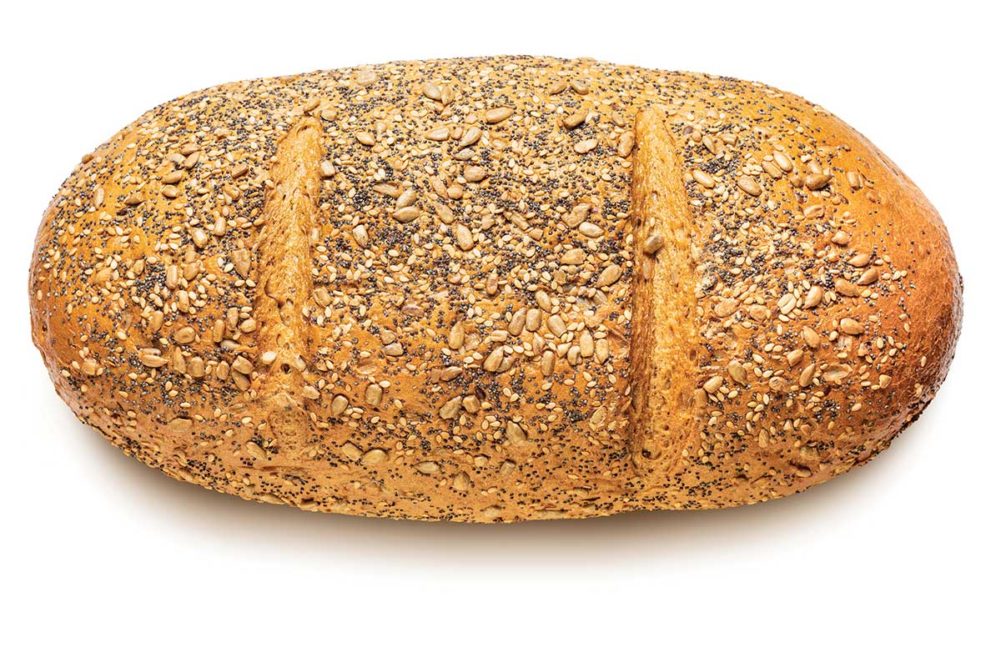Wheat is a complex grain. It’s no wonder that flour is a fickle ingredient. Bakers need to be able to have the ability to make slight adjustments to the dough absorption and/or mix time at the bowl.
The best way for bakeries to manage natural variations in flour is to have a skilled operator at the mixer who knows how to react in real time, making slight adjustments that ensure consistency. Automation and robotics cannot replace an experienced baker.
“Even the particular sound of a mixer alerts them that something unexpected is happening with the dough,” said Josh Reasoner, milling technical service manager, ADM. “It might mean adding water or adjusting mix time. It’s important to have someone working the mixer who knows how to feel the dough and recognize whether or not those changes worked or were needed.”
Dave Kovacic, technical service, Bay State Milling, added, “It’s also important for bakers to know what treatments, if any, have been added to their flour, and what the function and benefit of each is.”
The type and amount of treatment used by the flour mill will vary with the type and grade of flour and its intended use. Treatments may include enrichment, addition of enzymes, bleaching and maturing agents. Reviewing the Certificate of Analysis is a good first step to determine what adjustments may be necessary.
Every flour will have an optimum absorption and mix time. Typically, an adjustment won’t be necessary, but bakers should have the know-how and the ability to adjust when needed.
“There is an understandable desire for bakeries to pay the least cost for their flour,” Mr. Kovacic said. “Unfortunately, this approach may require additional input costs at the bowl to compensate for a lack of inherent quality. Bakers should talk to their millers to determine if paying more for a different flour may actually in turn reduce their overall cost, which could include savings at the bowl through a reduction of vital wheat gluten, enzymes or dough conditioners.”
A more expensive flour may also improve manufacturing efficiencies and tolerance. Yield increases could be realized if the flour requires higher absorption. This may reduce staling, thereby improving shelf life and reducing waste. Product quality may also improve, increasing sales and reducing consumer complaints.
“Strong supplier partnerships can help manage variations in flour quality” Mr. Reasoner concluded. “A supplier that mills high-quality wheat and grains into flour with top-of-the-line technologies and equipment helps commercial bakeries achieve consistency and reliability. Bakers should be encouraged to discuss their specific flour quality needs with their flour miller.
“Communicating how the flour will be used, and the flour quality characteristics needed, will go a long way in building a trust-based relationship.”
This article is an excerpt from the August 2021 issue of Baking & Snack. To read the entire feature on Flour, click here.






